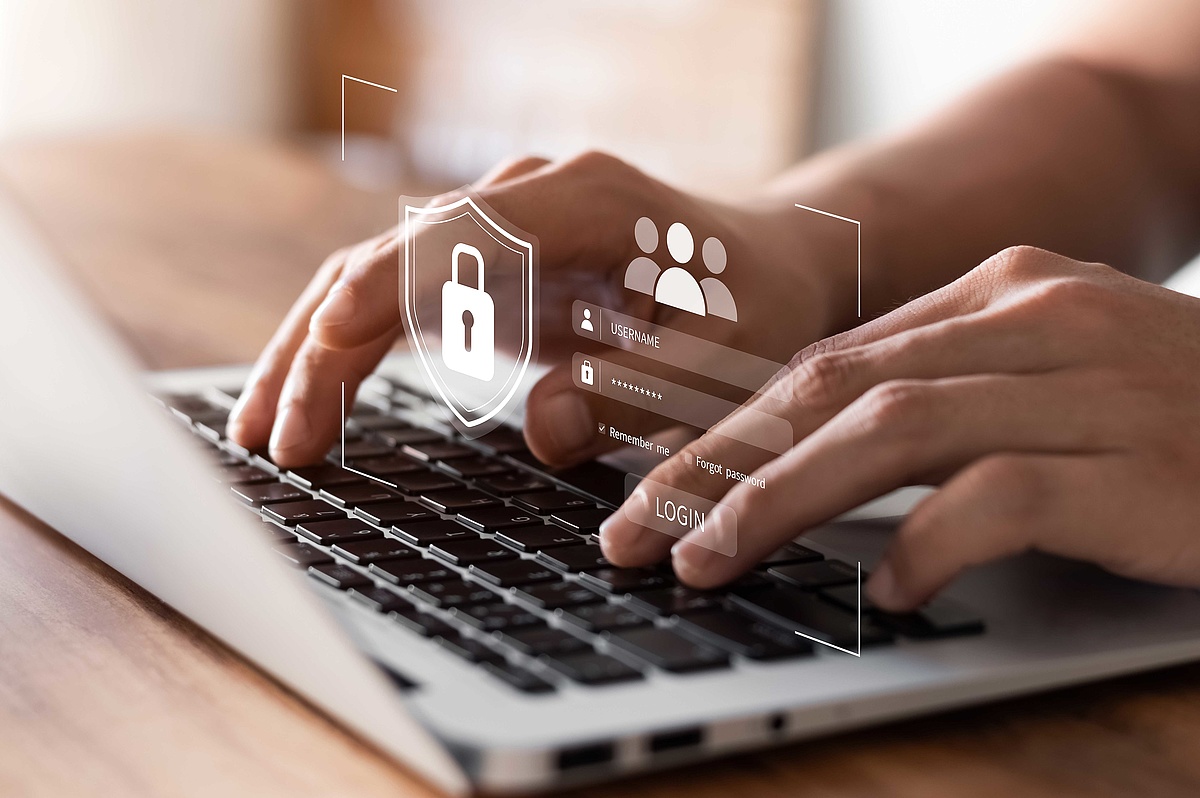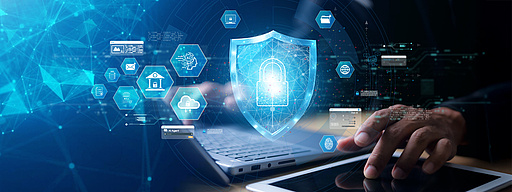
Cyber resilience - about resistance to cyberattacks
In its “Global Breach Report 2021“ , IBM puts the average cost of a data breach at more than $4.24 million, the highest figure ever measured in the report's history.
Data breaches occur for a variety of reasons. For example, they may involve data on an unsecured server that was inadvertently accessible to unauthorized users for a short period of time.
Or –far more frequently - they may be the result of a direct cyberattack on an organization. In any case, the incidence of data breaches has increased since the start of the pandemic and
the rise of remote home office work. That’s one reason why we see news about successful cyberattacks attacks on a wide range of companies almost daily.
Many companies have made significant investments in IT security in recent years. But even as company and IT managers continue to update and supplement their defenses, many are asking
themselves: How resilient is my IT against digital attacks? In fact, cyber resilience has become a "buzzword" topic in IT trade and business media.
Holistic security: much more than just technical measures
Instead of just referring to individual security measures on network client endpoints, servers and the cloud, cyber resilience is a holistic security concept that delivers better and more
consistent protection. One of the keys to implementing a successful cyber resilience strategy is for companies to understand IT security as an integral part of the overall management of
infrastructure performance and reliability.
For us at baramundi, we advise all of our customers to view Unified Endpoint Management (UEM) and Endpoint Security (ES) not as different systems and sets of practices, but as a single, inclusive discipline managed within a unified
approach. After all, many UEM capabilities make a significant contribution to improving IT security in the company.
Two points need to be considered:
- protection against cyberattacks
- recovery after a cyber attack
For the first point, it is important to close the primary area of vulnerability and attack surface as securely as possible: the endpoint. Endpoints include smartphones, tablets, notebooks,
desktop PCs and - this is important to remember -- IoT devices. The need for regular updates and prompt installation of hotfixes on all these devices clearly shows that UEM and endpoint
security are tightly interconnected, or at least directly related.
Modern UEM solutions such as baramundi Management Suite (bMS) have management access to almost all modern end devices precisely for this purpose. It quickly gives IT teams an overview of
all endpoint OSes, applications, current versions, and the status of patches and updates installed on each device. An up-to-date vulnerability scan adds an additional layer of security to
spot any gaps or overlooked areas. Vulnerability scans also include a status check on all forms of endpoint security applications such as antivirus programs and file encryption
settings.
To be clear, the patch and update management and vulnerability scanning capabilities in UEM provide a robust foundation for improving security. But even the best IT security strategy and
practices cannot rule out the possibility that an attacker may still manage to carry out a successful attack.
For companies, this means that they can and must use UEM to initiate suitable preventative and countermeasures as quickly and automatically as possible.
- first, minimize the impact of the attack at all levels, and;
- second, if necessary, support IT in cleaning up the infected systems and/or automatically restarting them.
UEM and ES as a new entity: one does not work without the other
It’s clear that UEM and ES are interdependent and can no longer be understood as separate disciplines. One simply doesn't work without the other these days.
Of course, many other factors play an important role when it comes to higher cyber resilience. On one hand, these include technical measures such as the installation of new security
solutions, and procedural rules such as a zero-trust strategy. On the other, they include training and educating employees on current threat scenarios and typical approaches of cyber
criminals (which can best be accomplished with simulated attacks).
Only if all these measures are seamlessly interlinked, coordinated and orchestrated will companies be able to sustainably increase their resistance to cyberattacks.


